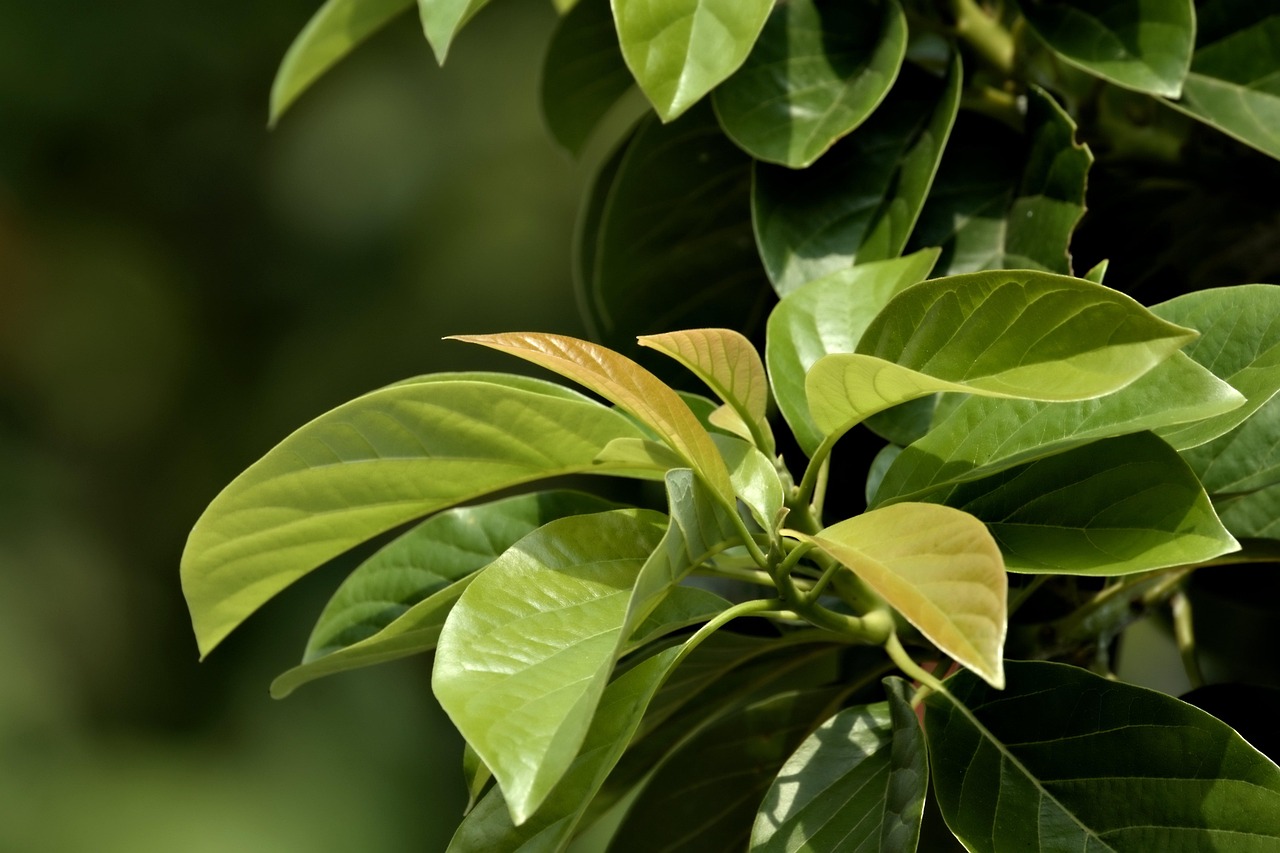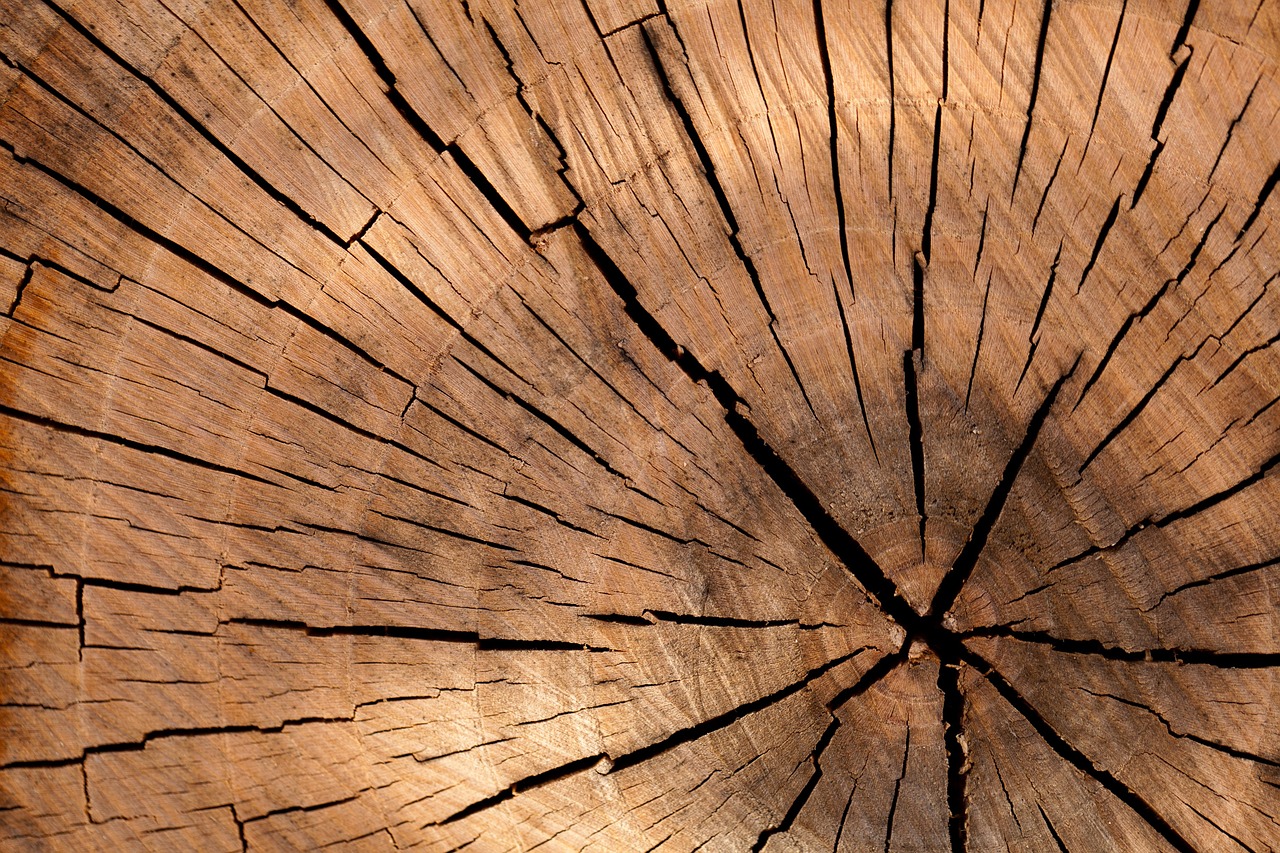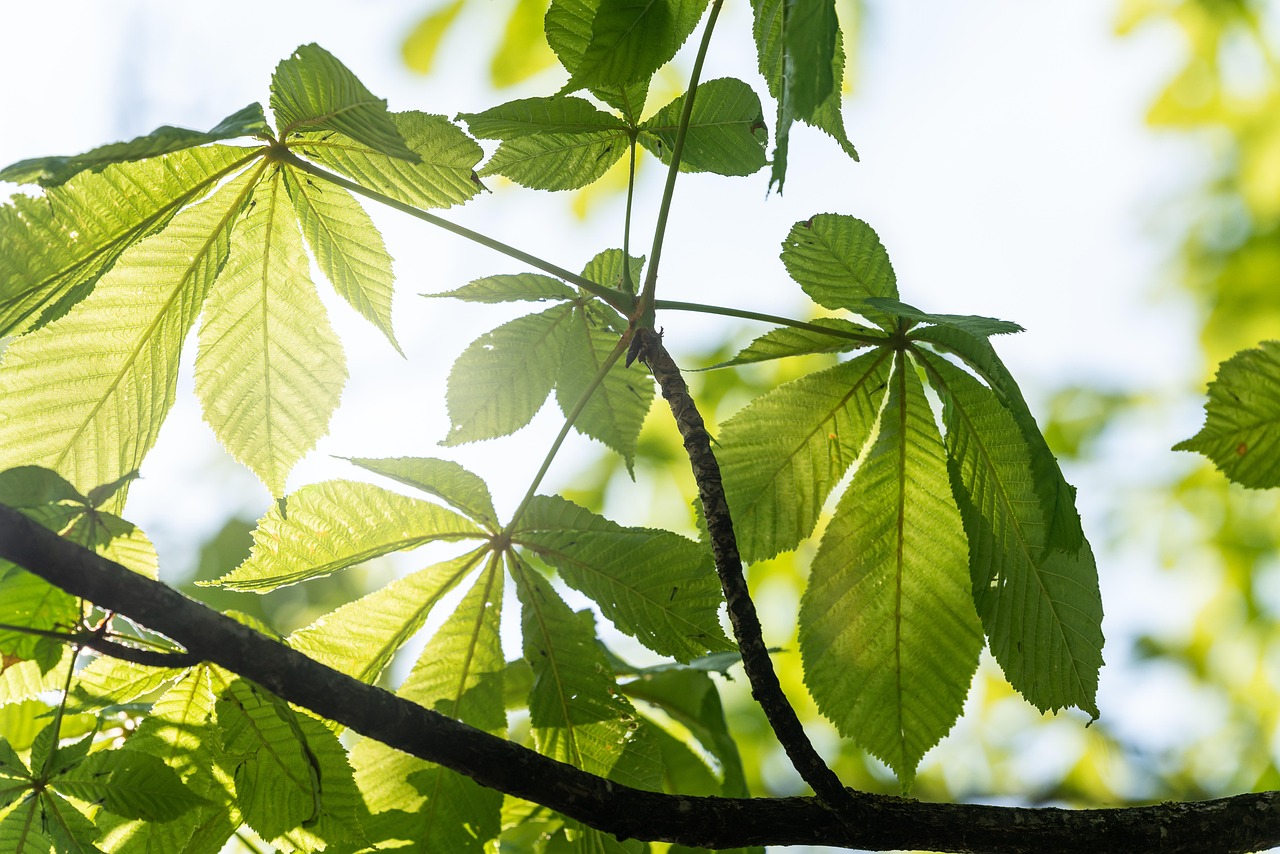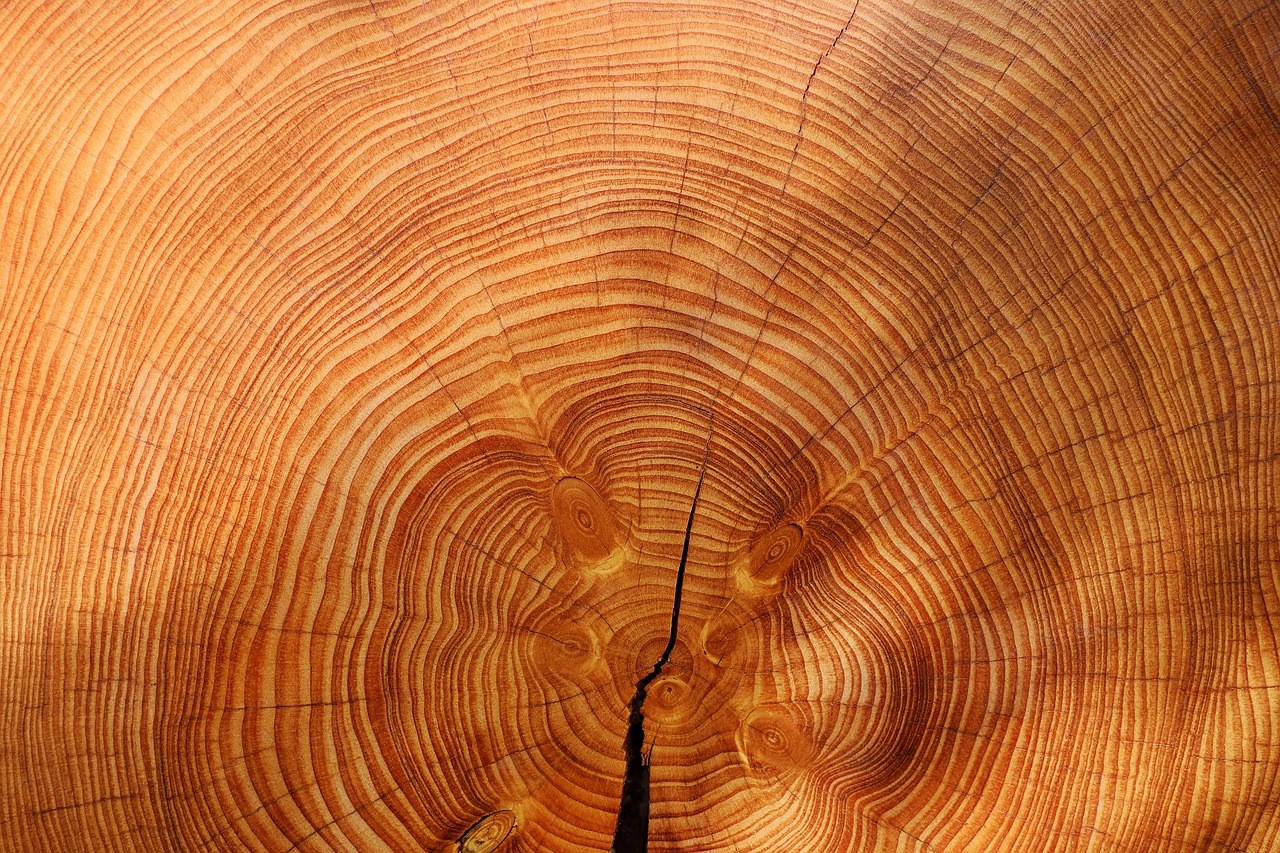In Stardew Valley, tree growth is a vital aspect of farming. Trees provide valuable resources, including wood, fruit, and sap. Understanding their growth stages helps players maximize their farm’s productivity.
Understanding Tree Growth Stages
Tree growth in Stardew Valley occurs in distinct stages. Each type of tree has specific requirements for growth, including space and time. Players must be aware of these factors to ensure healthy trees and maximize their yield.

There are three main types of trees in Stardew Valley: hardwood trees, fruit trees, and wild trees. Each type has unique characteristics and growth patterns. Below is a brief overview of these tree types:
| Tree Type | Growth Time | Yield |
|---|---|---|
| Hardwood Trees | 6 days | Wood, Maple Sap, Oak Resin, Pine Tar |
| Fruit Trees | 28 days (plus one additional day to produce fruit) | Fruit (varies by type) |
| Wild Trees | 28 days | No significant yield but provide wood |
Hardwood trees include oak, maple, and pine. These trees grow in a 1×1 space and can be tapped for sap. They offer various crafting materials essential for upgrades and crafting recipes.
Fruit trees are a special category. They require a bit more care and planning. When planted, they need space around them as they cannot grow if other objects are nearby. Once fully grown, they produce fruit each season, making them a valuable addition to any farm.

Wild trees grow naturally throughout the valley. While they do not provide significant yields compared to other types, they still contribute to wood resources.
Planting and Maintaining Trees
To plant a tree in Stardew Valley, players must first acquire seeds or saplings. Tree seeds can be found by cutting down wild trees or purchased from the shop. Fruit tree saplings can only be purchased from Pierre’s General Store or the traveling cart.
Here are some essential tips for planting and maintaining trees:

- Ensure at least one space is clear around the tree for proper growth.
- Watering is not necessary for tree growth.
- Fertilizer can enhance tree growth but is not required.
- Regularly check for pests or other obstacles that may hinder growth.
Timing is crucial when planting trees. For instance, fruit trees should be planted well before the start of their respective seasons to ensure they bear fruit promptly. Additionally, players should consider planting hardwood trees in areas where they plan to harvest regularly.
Harvesting Trees
Once trees have matured, it is time to harvest them for resources. Different trees provide various products based on their type. Hardwood trees yield wood and sap products, while fruit trees provide delicious fruits that can be used in cooking or sold for profit.
The harvesting process varies depending on the type of tree:
- Hardwood trees can be chopped down using an axe. Players should aim for higher-quality axes to gather more resources efficiently.
- Fruit trees require players to collect the fruit directly from the tree once it is ripe.
- Wild trees can also be chopped down for wood but do not yield any special products.
In conclusion, understanding tree growth in Stardew Valley is essential for any farmer looking to maximize productivity. By selecting the right types of trees and caring for them properly, players can enjoy a bountiful harvest throughout the seasons.

Tree Types and Their Benefits
Each type of tree in Stardew Valley offers unique benefits, making them valuable for different farming strategies. Understanding these benefits helps players decide which trees to prioritize based on their goals, whether for crafting, cooking, or profit.
Hardwood Trees
Hardwood trees are essential for crafting and building. They include oak, maple, and pine trees. Each type of hardwood tree has specific uses:
- Oak Trees: Yield oak wood and can be tapped for oak resin, which is useful for crafting.
- Maple Trees: Provide maple wood and can be tapped for maple syrup, an important ingredient in various recipes.
- Pine Trees: Offer pine wood and can produce pine tar when tapped, useful for certain crafting recipes.
Players can increase their efficiency by using a higher-quality axe to chop down these trees. As with all trees, they need to be spaced appropriately to grow properly.
Fruit Trees
Fruit trees are particularly valuable for their ability to produce fruit each season. Here are some key types of fruit trees:
- Apple Trees: These trees produce apples in the fall and can be used in various recipes.
- Cherry Trees: Producing cherries in the spring, they are great for cooking and selling.
- Peach Trees: Peaches are harvested in summer and have high selling prices.
- Pomegranate Trees: These yield pomegranates in the fall, which are also used in various dishes.
It is important to remember that fruit trees take time to mature. Once fully grown, they will bear fruit every year in their appropriate season. This makes them an excellent long-term investment.
Tree Growth Factors
Several factors affect the growth of trees in Stardew Valley. Understanding these factors can help players optimize their farming strategies.
Space Requirements
Trees require adequate space to grow. Each tree occupies a 1×1 area. However, you must ensure that there is an empty space around them as follows:
- A tree requires a minimum of one tile of empty space on all sides.
- If a tree is planted too close to other objects or trees, it will not grow.
Seasons
The season also plays a crucial role in tree growth:
- Hardwood trees grow year-round regardless of the season.
- Fruit trees have specific growing seasons, and players must plant them before their respective seasons to ensure fruit production.
Weather Conditions
While weather does not directly impact tree growth in Stardew Valley, it can affect player activities such as harvesting. Rainy days can be beneficial since players do not need to water crops, allowing them to focus more on tree maintenance.
Tree Tapping and Resources
Tapping trees is an excellent way to gather additional resources without cutting them down. Players can use special tools to tap hardwood trees for valuable products.
Tapping Essentials
To tap a tree, players need:
- A tapper, which can be crafted using wood, copper bars, and iron bars.
- The appropriate type of tree: only hardwood trees can be tapped for resin and syrup.
The following products can be obtained from tapping:
| Tree Type | Product | Time to Produce |
|---|---|---|
| Oak Tree | Oak Resin | 6 days |
| Maple Tree | Maple Syrup | 7 days |
| Pine Tree | Pine Tar | 7 days |
Tapping trees can significantly supplement resources needed for crafting and cooking. It is an efficient way to gather materials while allowing the trees to continue growing and producing additional resources over time.
Caring for Your Trees
Caring for trees involves regular checks and maintenance. Players should monitor their trees for pests or obstructions that may hinder growth. Additionally, applying fertilizer can enhance growth speed but is not necessary unless players want to expedite the process.
By understanding the various factors involved in tree growth, players can create a thriving farm ecosystem that maximizes their resource output throughout the game.
Common Tree Issues and Solutions
While trees in Stardew Valley are generally easy to maintain, players may encounter a few common issues that can affect their growth and productivity. Understanding these problems and knowing how to address them can help players maintain a healthy farm.
Pests and Diseases
Pests can be a significant issue for trees, especially if players are growing fruit trees. While Stardew Valley does not simulate pests in a traditional sense, players should keep an eye on their trees for any signs of decay or stunted growth.
- Symptoms of Trouble: Yellowing leaves or slow growth can indicate that a tree is not healthy.
- Prevention: Regularly check the area around trees and ensure they have enough space and resources for optimal growth.
- Solution: If a tree appears unhealthy, consider removing it to make space for new trees.
Obstructions
Obstructions can inhibit tree growth. This includes other trees, buildings, and objects. Trees need clear space around them to grow properly.
- Spacing Guidelines: Always leave at least one tile of empty space around each tree.
- Regular Maintenance: Clear any obstructions that may have grown over time, such as weeds or rocks.
Seasonal Considerations for Tree Farming
Understanding the seasonal dynamics in Stardew Valley is crucial for successful tree farming. Each season presents different opportunities and challenges for tree growth and harvesting.
Spring
Spring is an excellent time to plant fruit trees. Players should focus on:
- Planting New Trees: Ensure that fruit trees are planted early in the season for optimal growth.
- Tapping Trees: If players have oak or maple trees, they can start tapping them for sap or syrup.
Summer
Summer is a critical time for fruit trees, as they begin to bear fruit:
- Harvesting: Players can start harvesting cherries and peaches during this season.
- Tree Care: Ensure that the trees are well spaced and free of obstructions.
Fall
Fall brings another wave of harvesting opportunities:
- Harvesting Apples and Pomegranates: These fruits are ready for collection during the fall season.
- Tapping Trees: Continue tapping hardwood trees to gather resin and syrup.
Winter
Winter can be a challenging season for tree farming, as many crops die off:
- No Growth for New Trees: New trees cannot be planted during the winter months.
- Tapping Continues: Hardwood trees will still produce sap and resin during winter, so players should keep tapping them.
Maximizing Tree Productivity
To ensure maximum productivity from trees, players can adopt several strategies. These strategies focus on efficient resource management and planning.
Using Fertilizer
While not necessary, using fertilizer can help boost tree growth rates:
- Types of Fertilizer: Players can use speed-gro or other types of fertilizers to expedite growth.
- Application: Fertilizer should be applied before planting to ensure optimal growth conditions.
Strategic Planting
The strategic placement of trees can enhance their productivity:
- Avoid Clutter: Keep planting areas clear of rocks, fences, and other objects that might inhibit growth.
- Diversity: Plant a mix of different types of trees to ensure continuous resource availability throughout the year.
Harvesting Techniques
Effective harvesting techniques can also increase overall productivity:
- Use the Right Tools: Employ higher quality axes to chop down trees more efficiently.
- Plan Your Harvests: Schedule regular harvests based on the seasons to maximize yield from fruit trees.
Implementing these strategies will allow players to create a flourishing farm that consistently produces resources throughout the game. By understanding seasonal dynamics, maintaining tree health, and utilizing effective harvesting techniques, players can enjoy the fruits of their labor in Stardew Valley.
Advanced Tree Farming Techniques
In addition to the basic strategies discussed, players can explore advanced tree farming techniques to maximize their efficiency and resource output. These methods involve careful planning, timing, and resource management.
Hybrid Farming
Combining tree farming with crop growing can yield significant benefits. By strategically planting trees among crops, players can:
- Maximize Space: Grow crops in the spaces between trees, making full use of the available land.
- Enhance Aesthetics: Create a visually appealing farm layout that integrates both trees and crops.
- Diverse Harvests: Benefit from continuous resource availability throughout the seasons.
Season Planning
Planning for each season is essential for successful tree farming. Players should:
- Rotate Crops: Change crop types each season while keeping an eye on tree growth to ensure maximum productivity.
- Prepare for Winter: Plant enough trees to sustain resources during the winter months when many crops cannot be grown.
Utilizing Tree Products
Players should also consider how to effectively use the products harvested from trees. Here are some ways to make the most out of tree products:
- Culinary Uses: Use fruits in cooking recipes to boost energy and health.
- Crafting Materials: Utilize oak resin, pine tar, and maple syrup in crafting various items and machines.
- Selling for Profit: Sell excess fruits and hardwood products at a high price for a profitable income stream.
Community Center Bundles and Tree Contributions
In Stardew Valley, players can contribute to Community Center bundles, which help revitalize the town. Trees play a crucial role in some of these bundles, particularly in the Artisan Bundle and the Fall Foraging Bundle.
Artisan Bundle
This bundle requires players to collect various artisan goods, including:
- Maple Syrup: Collected from maple trees.
- Honey: Produced from flowers nearby.
- Various Fruits: Collected from fruit trees throughout the seasons.
Completing these bundles rewards players with valuable items that can help enhance their farming experience.
Fall Foraging Bundle
This bundle includes several seasonal items, some of which can be obtained from trees, such as:
- Wild Plums:
- Hazelnuts:
- Blackberries:
By focusing on tree growth and foraging, players can efficiently complete these bundles while maintaining their farm.
Final Thoughts
Tree growth in Stardew Valley is a multifaceted aspect of the game that significantly contributes to a player’s farming success. From understanding different tree types to employing effective maintenance strategies, each element plays a crucial role in maximizing productivity. Players can enjoy a rich variety of resources by implementing advanced farming techniques, managing seasonal challenges, and utilizing tree products effectively.
As players engage with their farms, they will find that tree farming not only enhances their crafting and cooking endeavors but also adds aesthetic value to their farms. By investing time in tree growth strategies, players can create a thriving agricultural ecosystem that supports their ambitions within Stardew Valley. Ultimately, the journey of tree farming is one filled with potential rewards and endless possibilities for creativity and resourcefulness.
With patience, planning, and care, every player can transform their farm into a flourishing landscape filled with fruitful trees, ensuring a steady supply of resources throughout the seasons. Happy farming!
